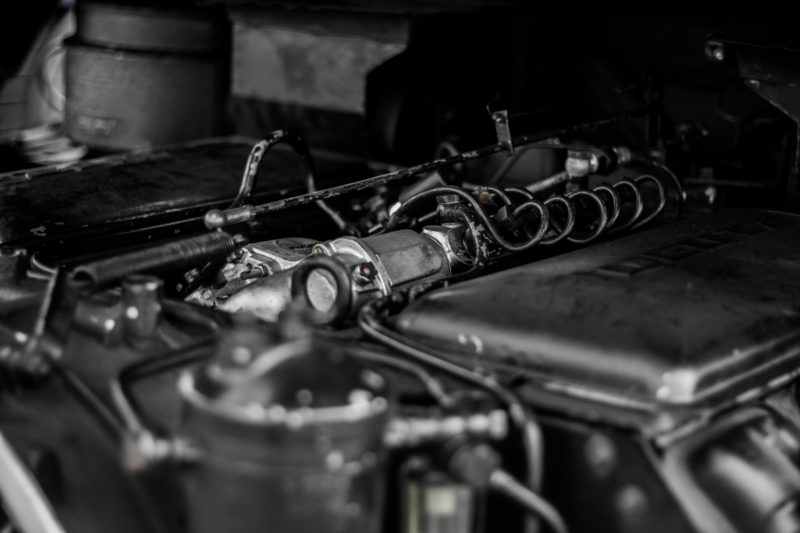Are you wondering how does a lower radiator hose heater work? Stop wondering; you are in the correct spot. Warm water runs from the heater to the engine through the upper side of the angled lower hose, whereas cold water returns to the heater through the more downside of a hose.
As if two automobiles were traveling through a two-lane tunnel. Lower hose heaters operate as much as the hose in which they are put at minimum a 45 ° angle inclination toward the engine.
If you place it in a position where it leans against the radiator, all of the heat will be directed to the radiator. Making a breach in the thermostat will only allow heat to leak from the engine towards the radiator. My friends, this is just a little preview you should keep reading to discover more.
What Does Lower Radiator Hose Do?
The critical purpose of the radiator is to transmit heat from the engine towards the outside atmosphere. Whenever the engine is operating, the coolant is circulated via the radiator. The top hose allows heated coolant from the engine to reach the radiator. The bottom hose’s role is to return the chilled antifreeze to the engine. The radiator is attached to one side of the lower hose. The opposite end of the cable is connected to a water pump. The hose can usually be connected to the pump or to a coolant tube on the engine, which will convey the coolant to the water pump’s intake. This helps you in learning how does a lower radiator hose heater work.
Lower Hose Vs. Upper Hose
The radiator hose seems to be an essential component of the cooling system because it controls the passage of coolant from the water pump to the heater. The radiator hose appears to be a rubber technology that captures heat from the coolant before returning it to the engine to complete the cycle. Radiator hoses are divided into two categories: upper and lower. Such components are not replaceable and are available in various lengths and forms. An upper radiator hose is as follows:
The pressure hose is used to link the engine to the radiator. In which the heated coolant first from the machine enters the radiator. Its lower radiator hose is as follows: Basically, it’s a vacuum hose just on the interior of the hose. There is a wrapped wire spring to keep it from breaking. It was attached to the engine’s pump and the bottom of the radiator.
Lower Hose To Be Bigger Than The Upper Hose Why?
The antifreeze is delivered to the water pump’s input through the bottom hose. A centrifugal pump is what this pump provides. This sort of pump builds a positive pressure at the intake to work correctly. Due to the fluid limitation that may happen with a diameter ranging lower hose at flow rates, the pressure may be drastically lowered. As a result, automobile manufacturers provide a giant hose to reduce pressure loss at flow rates. This ensures that the pump will work correctly.
Why Is My Lower Radiator Hose Cold?
The antifreeze would be complete or partially inhibited from passing through the radiator in all circumstances where a chilly lower hose is visible. Each one of the below cooling system issues might result in a compressible flow:
#1. Broken thermostat
It is the most prevalent issue regarding a chilly lower coolant line. A valve-based thermostat detects and controls coolant input, so the engine runs at the correct temperature and does not overheat. When the automobile is overheating while also failing to warm the lower coolant line, then most certainly have a thermostat issue that requires replacement. The thermostat must be closed whenever the engine is cold and not operating. The thermostat regulates water flow, preventing hot areas in the machine. The coolant water would be introduced into the radiator for energy dissipation after the correct temperature has been attained. It may also be a good idea to read about the importance of an automotive thermostat.
#2. The coolant level is low
A reduced coolant flow can cause a slew of issues in the coolant system. A low coolant supply can cause trapped air in the coolant system, which can cause the water pump to linger in one. The coolant level is simple to verify; simply lift the bonnet & look for the coolant tank in the automobile manual. Remember not to remove when the engine is warm since it is scorching and will splatter all over the place if you do.
The coolant system might become blocked in rare instances. However, this is not reasonably prevalent because the primary coolant pipelines are large. However, if your automobile was previously driven sans coolant and only with water, there could have been a lot of corrosion within the engine. This, along with a failing head gasket, might result in a large amount of coolant system debris. If you’ve exhausted all other options, try flushing the cooling system.
It’s A Wrap!
We are delighted to know that you have learned how does a lower radiator hose heater work. The above mentioned is all about the lower hose working basics, its purpose, and the reasons behind the lower hose staying cold. You may also want to read about what is a heater control valve and how to make car heater warm up faster. Thank you, friends, for reading this article till the end.

